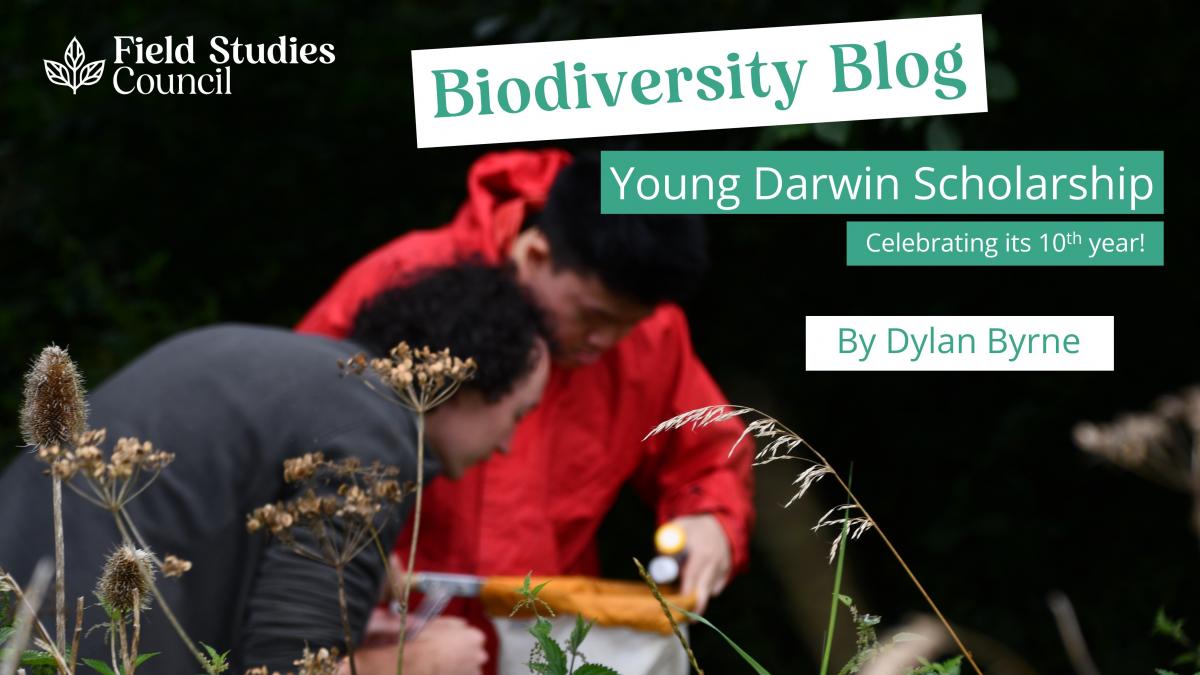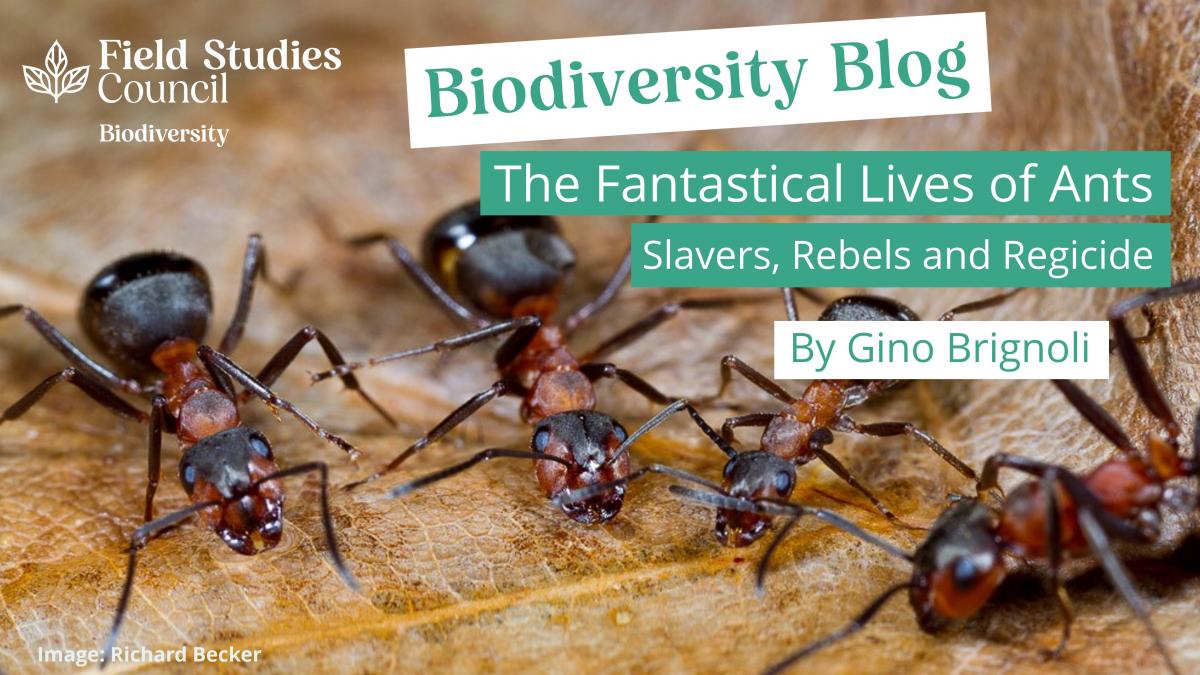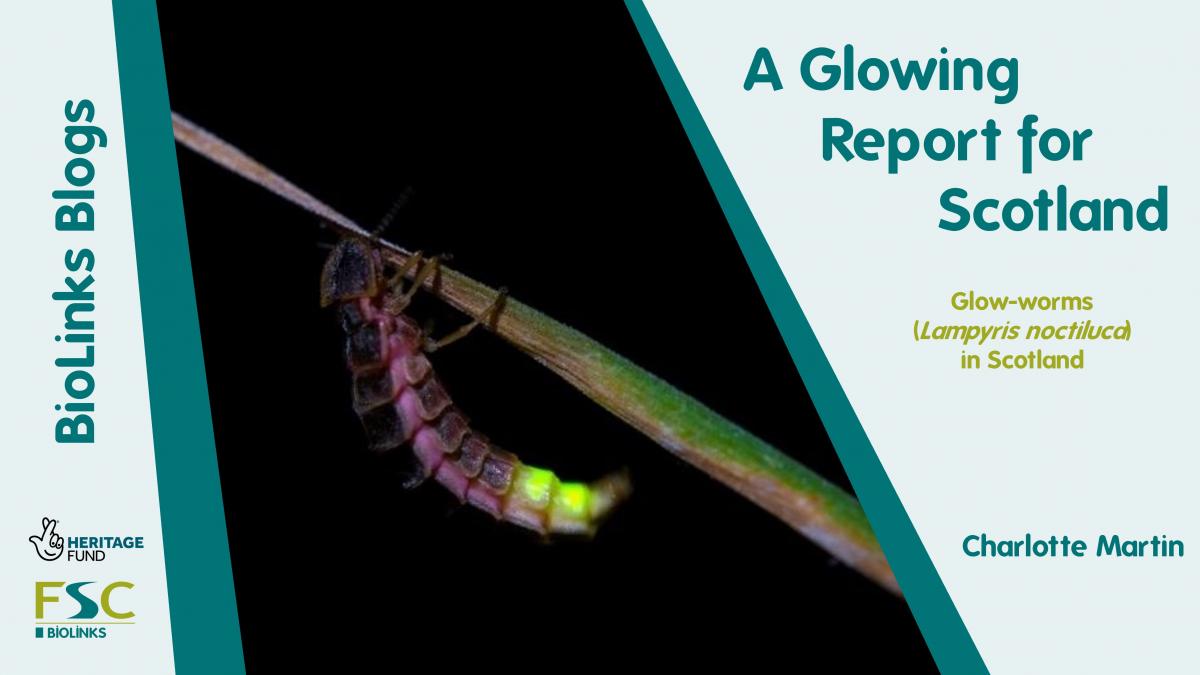%20Stephen%20Barlow_1.jpg) Our current project, FSC BioLinks, is all about invertebrates. Invertebrates provide us with many useful ecosystem services which we cannot survive without but their numbers are declining. Few people know how to identify or record invertebrates meaning there is a lack of records, making it difficult for conservationists to address these declines. This project, funded by the National Lottery Heritage Fund, teaches people how to identify and record invertebrates by providing subsidised training courses, learning opportunities and digital tools to generate more records.
Our current project, FSC BioLinks, is all about invertebrates. Invertebrates provide us with many useful ecosystem services which we cannot survive without but their numbers are declining. Few people know how to identify or record invertebrates meaning there is a lack of records, making it difficult for conservationists to address these declines. This project, funded by the National Lottery Heritage Fund, teaches people how to identify and record invertebrates by providing subsidised training courses, learning opportunities and digital tools to generate more records.
Submitted by Simon Norman on Wed, 20/07/2022 - 12:02

New AIDGAP: Adult Caddis of Britain and Ireland
by Ian Wallace
Adult caddis are often encountered near freshwater, and may be abundant in light traps. But they have a reputation for being difficult to identify. This new AIDGAP guide is intended for use with living specimens, assisted by magnification no higher than a x10 hand lens.
Submitted by Olivia Watts on Tue, 24/05/2022 - 13:18
 Fancy a free weekend out to delve into history, wildlife and traditional crafts?
Fancy a free weekend out to delve into history, wildlife and traditional crafts?
Then join us as we open the doors to our Worcestershire centre, Bishops Wood. Read this blog to find out more!
Submitted by Olivia Watts on Wed, 11/05/2022 - 10:01
 Celebrating the 10th Year of the Young Darwin Scholarship
Celebrating the 10th Year of the Young Darwin Scholarship
By Dylan Byrne
Check out our new blog by Dylan Byrne, who explains more about the opportunity and shares feedback from other organisations and previous scholars.
Submitted by Olivia Watts on Wed, 27/04/2022 - 12:02
 Increasing Cranefly Records in the UK
Increasing Cranefly Records in the UK
By Rachel Davies
Recently, BioLinks have teamed up with the Cranefly Recording Scheme to help out one particular group of invertebrates. Our newly developed initiative aims to increase cranefly records in the UK to learn more about these underappreciated insects.
Submitted by Olivia Watts on Mon, 11/04/2022 - 21:34
 Taking Part in a Natural History Course
Taking Part in a Natural History Course
By Chelsea Boden
Join Chelsea Boden as she walks us through an NVC Habitat Survey course, covering what the day involved, some of the things she's learnt and a selection of the recorded species.
Submitted by Olivia Watts on Thu, 17/03/2022 - 14:55
 NFBR Conference 2022
NFBR Conference 2022
By Keiron Derek Brown
If you love wildlife and want to know how species observations can be used, this conference will showcase some of the fantastic projects and biological recording initiatives happening across the UK.
Submitted by Olivia Watts on Tue, 08/03/2022 - 09:11
"When you play the game of thrones, you win or you die."
By Gino Brignoli
It has been suggested that there are 10 quadrillion ants alive at any one time! These extraordinary numbers reflect ants' successful colonisation of their local environments and has sometimes given rise to some truly bizarre adaptations...
Submitted by Olivia Watts on Mon, 21/02/2022 - 15:49
 Life Below the Surface
Life Below the Surface
By Rachel Davies
Explore the 'why' and 'how' of freshwater invertebrate recording with our FSC BioLinks tutor, Rachel Davies – and join us on a course to stay curious!
Submitted by Olivia Watts on Fri, 04/02/2022 - 11:12
 Lampyris noctiluca in Scotland
Lampyris noctiluca in Scotland
By Charlotte Martin
‘Fireflies? In Scotland? Aye right!’ I can hear the resounding shouts from here. But it’s true, Scotland is home to a charismatic downright enchanting beetle that does indeed glow, well, at least the female does...
Pages

%20Stephen%20Barlow_1.jpg)

 Fancy a free weekend out to delve into history, wildlife and traditional crafts?
Fancy a free weekend out to delve into history, wildlife and traditional crafts? Celebrating the 10th Year of the Young Darwin Scholarship
Celebrating the 10th Year of the Young Darwin Scholarship Increasing Cranefly Records in the UK
Increasing Cranefly Records in the UK Taking Part in a Natural History Course
Taking Part in a Natural History Course NFBR Conference 2022
NFBR Conference 2022
 Life Below the Surface
Life Below the Surface Lampyris noctiluca in Scotland
Lampyris noctiluca in Scotland
